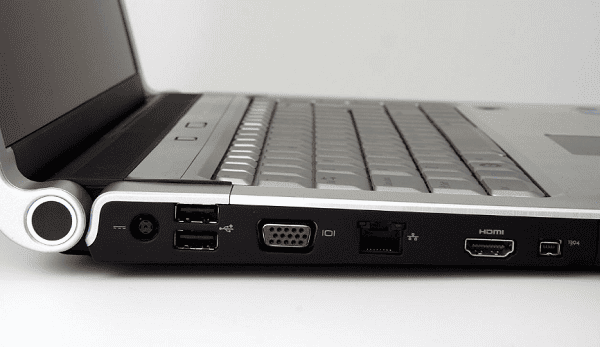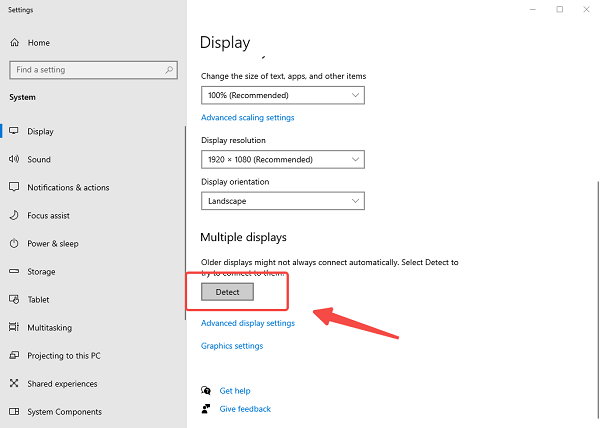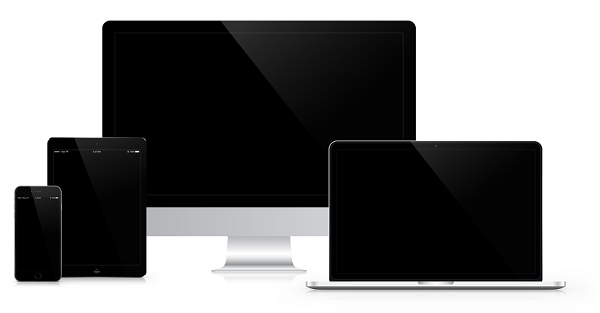
Expanding your workspace or enhancing your entertainment experience, adding a monitor to your laptop is an excellent way to do so. This article will detail how to add a monitor to your laptop to help you achieve this goal easily.
1. Update the Driver
Before connecting the monitor to your laptop, make sure the graphics card driver is up-to-date, which can avoid many compatibility issues. Using Driver Sentry for automatic detection and driver updates can save time and reduce the risk of installing incorrect drivers.
Download the latest version of Driver Sentry, install it, and open the software. Click "Scan".

After the scan, identify the display driver in the results list and click "Upgrade".
Restart your computer after updating the drivers to ensure the changes take effect.
2. Preparation
Before you start, you need to prepare the following items:
Make sure the monitor is functioning properly with the necessary connecting cables.
Common connections include HDMI, VGA, DVI and DisplayPort. Choose a cable that is compatible with your laptop and monitor.
If the laptop and monitor don't have the same type of interface, you may need a conversion adapter. For example, if the laptop only has a USB-C port and the monitor has an HDMI port, you'll need a USB-C to HDMI adapter.

3. Connecting the Monitor
Next, follow the steps below to connect your monitor to your laptop:
Before performing any connection operation, make sure the devices are turned off to avoid electrical damage.
Plug the monitor's power cord into the monitor and connect it to a power outlet.
Plug one end of the video cable into the monitor and the other end into the laptop. If using an adapter, make sure the adapter is properly connected.
Turn on the monitor first, then start the laptop. Normally, the laptop will automatically detect the newly connected monitor and set it up.
4. Adjusting Display Settings
After the monitors are successfully connected, you need to adjust the display settings next to ensure that the two monitors can work properly:
In Windows, right-click on the blank space on the desktop and select "Display Settings".
Click the "Detect" button to let the system recognize the connected monitors. You can see the icons of multiple monitors, indicating that the system has successfully detected them.

In "Display Settings", you can choose different display modes, including "Duplicate these monitors" (Mirror Mode), "Expand these monitors" (Expanded Mode), and "Display on 2 only" (external monitor only).
Both monitors display the same content, making them suitable for presentations or demonstrations.
Expanding the desktop to two monitors is suitable for multitasking and improving work efficiency.
External monitor only, suitable for work or entertainment that requires a larger screen.
5. Adjust Resolution And Layout
In order to get the best display effect, you also need to adjust the resolution and monitor layout:
In "Display Settings", you can set the resolution for each monitor individually. Select the recommended resolution to ensure a clear picture.
In Display Settings, you can drag the monitor icons to adjust their relative positions. Ensure that the layout is consistent with the actual monitor placement, so that mouse movement and window dragging will be smoother.
6. Other Settings
According to your personal needs, you can also make some advanced settings:
In "Display Settings", select a monitor as the main monitor, all the main taskbar and desktop icons will be displayed on this monitor.
If the external monitor is a different size or resolution than your laptop screen, you can adjust the scaling to ensure that fonts and icons are displayed at the appropriate size.
In some cases, you may need to rotate the monitor, such as to display it vertically. You can select the rotation angle (90, 180, or 270 degrees) in the Display Settings.

7. Troubleshooting
If you have problems connecting the external monitor, you can try the following methods to troubleshoot:
Ensure that the connecting cable is not damaged and is securely plugged into the laptop and monitor.
Visit Driver Sentry to download and install the latest graphics card driver.
Sometimes, a simple reboot can solve many temporary problems.
If the problem still cannot be solved, it is recommended to contact the technical support of your laptop or monitor for professional help.
This is how to add a monitor to your laptop, hope it will help you.
See also:
Fix Fallout 3 Crashing on Windows 10
Guide to Fixing a Computer That Keeps Crashing